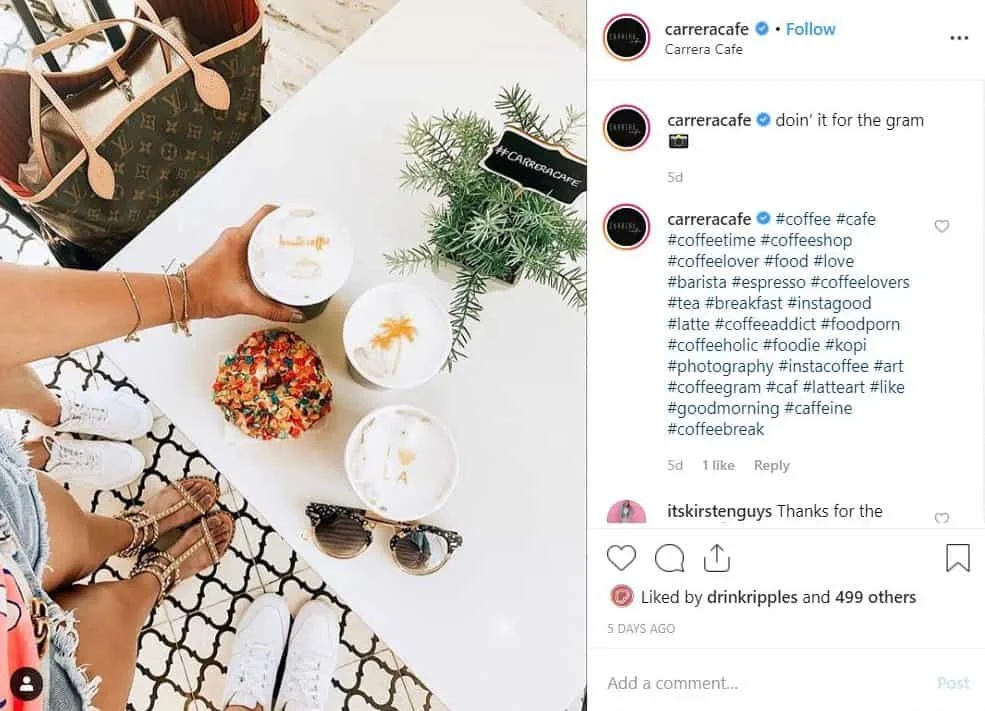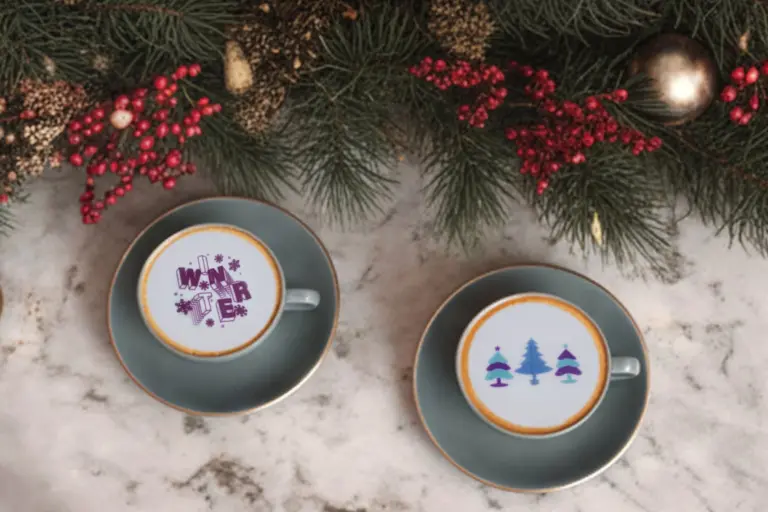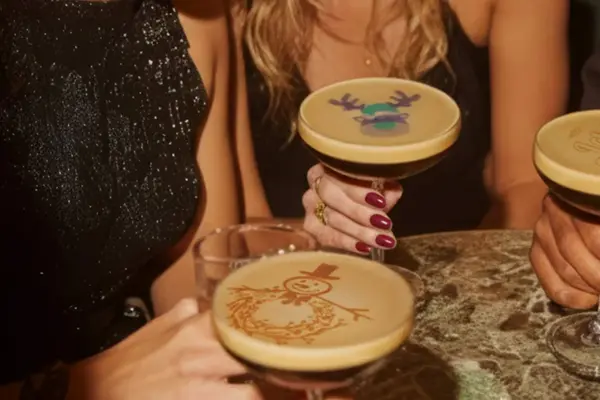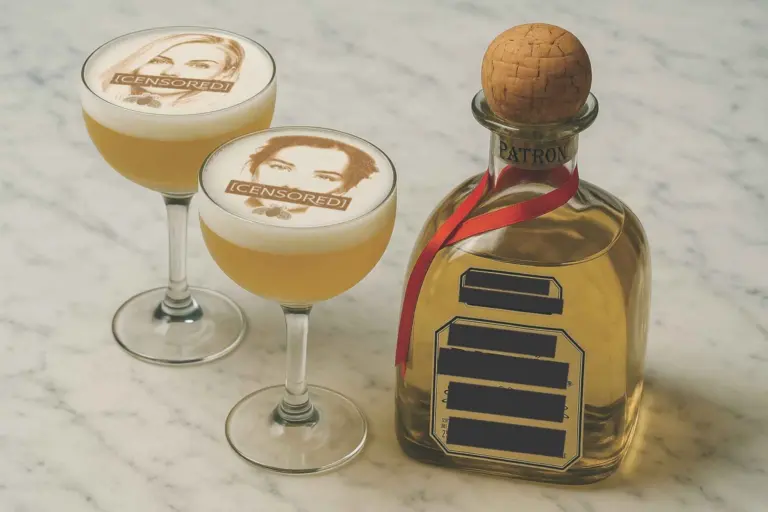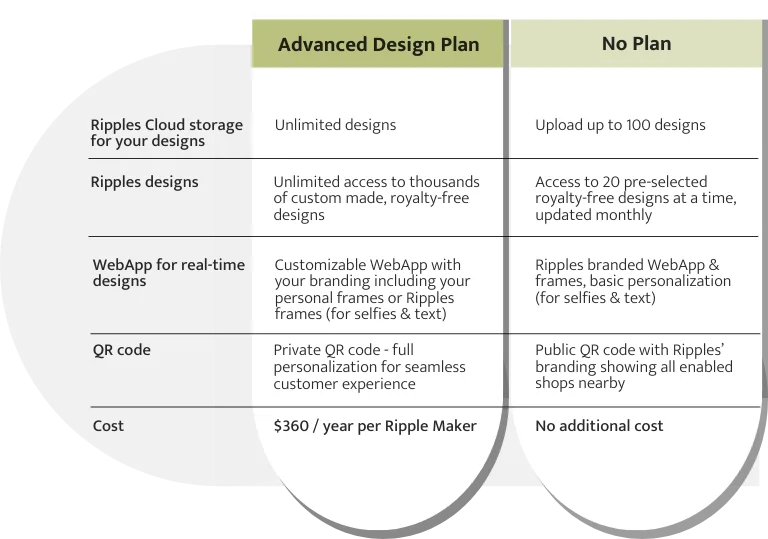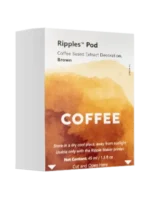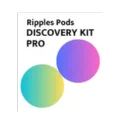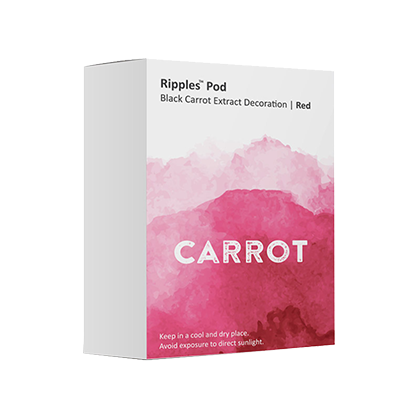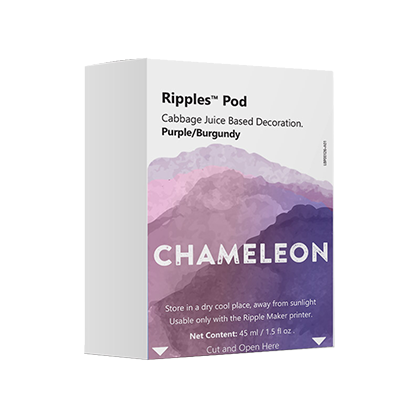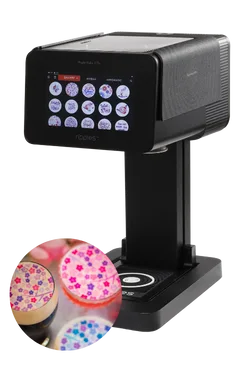In a few short years, social media marketing for restaurants went from a part-time, half-hearted effort for many to a centerpiece of an overall marketing strategy for all. However, just because social media marketing is something that almost every restaurant is doing doesn’t mean it’s necessarily being done well. This is frustrating, because there’s no reason any restaurant can’t have an all-star social media game with the right types of content.
Eight of those content types are outlined below with everything you need to know to use them successfully. Before you can succeed with any of these content types though, make sure you have a firm grasp on your brand and target audience, because restaurant social media marketing is not one size fits all.
A voice and posting style that works for an all-pink brunch spot that’s big with millennials and gen Zers will likely not be considered cute by the customers of an upscale steakhouse. If you don’t know your brand, your differentiators, your market, your ideal customer, your competitors, and the trends you need to be following, it’s worth paying a marketing firm to find out.
But once you’ve got that down, you’re ready to post, so put the following eight content strategies to work for your restaurant.
Social media marketing strategies for restaurants:
#1: Food porn
Anyone who has ever had an exceptional dining experience knows that eating is very visual. It’s one of the reasons salmon roe sushi is exciting to eat – and porridge, while delicious in its own way, is not. It’s also why you work so hard on your plating and presentation. If you’re letting your beautiful plates and packages go out of the kitchen without occasionally photographing them, you’re letting them go to waste.
Where this content belongs: This content is at the heart of restaurant Instagram marketing. If you want to cross-post with a truly exceptional photo, go ahead, but Instagram is built for your avant-garde plating, richly hued heirloom vegetables, and ostentatious desserts. Take it from millennials: 18-35-year-olds spend five entire days a year browsing food photos on Instagram, and 30% will avoid a restaurant with a weak Instagram.
How to make it work: This may sound like a no-brainer, but it must be said: your food photos need to be good. With one or two cute accessories, a few photog tools and the right smartphone techniques, everything from poke bowls to steak & fries to grilled cheese can look divine, so invest the time (and invest the money!) in getting a few employees trained in taking fab food photos.
A shortcut to gorgeous food photos is making use of what would otherwise be bland wasted space on places like your beverage tops. Take a cue from Carrera Café in Los Angeles, a hot spot that makes bougie art-, print- and message-topped lattes using the Ripples coffee printer and serves them up to ‘the most beautiful people in the world’, photographing it all for their Instagram. With a ten-second printing process a basic coffee turns into a must-snap and must-share experience, and cafés like Carrera are capitalizing.

#2: Repost customer content
Speaking of must-snap and must-share experiences. If your customers are taking the time to photograph and post their meals, beverages or other goodies from your establishment, this effort should be rewarded by reposts from your official feeds. By showing customers that you value this content, you’ll be encouraging it, which ultimately means more posts and more shares showcasing your awesome menu items to your customers’ followers.
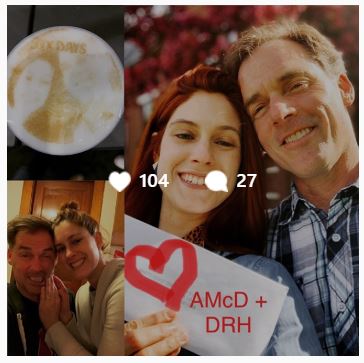
Where this content belongs: Primarily Instagram, with photos being so easy to find thanks to customers using your handle or your hashtags. Secondarily speaking you can consider retweeting great Twitter comments and reviews you get from customers with a few words of thanks.
How to make it work: First of all, make it easy for customers to get a good photo of something they simply must share. Whether that means using bev-top media like the Ripples printer to customize lattes or pints, putting a focus on creating aesthetically pleasing dishes, or designing your space with gram-worthy décor and lighting is up to you and your budget. You can’t expect your customers to turn even the best tasting food and beverages into a post if you don’t give them a little help.
Secondly, repost regularly. This should be easy because customers actually tend to take really great photos that will bring a lot of quality content to your feed. Whether it’s an artsy shot of a fancy drink, a cute photo of a happy group of friends, or even just a snap of your unique décor, spread that repost love around and show your customers how much their (widely shared) happiness means to you while showcasing your own uniquely wonderful attributes.
#3: Premiere new dishes and drinks
If people simply wanted to know what your standard fare is, they would take a look at your online menu and be done interacting with your brand. However, that’s not the way it works with today’s consumers. They follow your social media because they want to be in the know, and a big part of that is getting to be first in seeing what’s coming out of your kitchen. So show them!
Where this content belongs: Facebook or Instagram video. Consumers say video is their preferred type of branded content on social media by a pretty wide margin. If you’ve got a chef, baker, barista or bartender whose creativity and talent regularly astounds you, then chances are your followers are going to be wowed by the peek behind the curtain you give them with videos of your food artists at work creating your new dishes.
How to make it work: Keep it short using quick cuts and adjusting the speed if necessary. Studies show you have about ten seconds to grab a viewer’s attention and that you’ll lose 45% of viewers by the one-minute mark. Use that time wisely to show off what your best employees can do, and end it with a stunning shot of the finished dish or drink.

#4: Shine a spotlight on employees
You may think customers come into your establishment because they’re craving your dark roast, stuffed chicken breast, or triple chocolate mousse cake. And you’re right, they probably are. But what they’re also craving is connection. Introducing followers to your staff members and letting them get a feel for the vibe in your kitchen and behind the scenes will help make customers feel like they have a relationship with your business and the people who make it possible.
Where this content belongs: Facebook. Twitter is for short, witty messages. Instagram perhaps even more so when it comes to captions. But Facebook? It’s still built for ‘friends.’ So go ahead, put up a photo or video and wax a little poetic telling your followers all about your awesome staff members.
How to make it work: A photo of your employees is good, but as mentioned above, a video is even better. Keep in mind that as valuable as this content may be, it is filler content. This is not what you should be putting out an hour before the dinner rush when people are combing your social media for info on specials and promotions. Time these posts for mid-afternoon and give people a little something extra on their downtime.
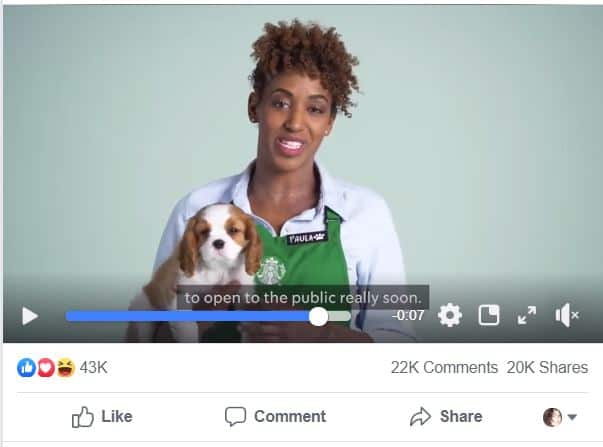
#5: Quotes or memes
Don’t skip this tip. If your knee-jerk reaction to the idea of inspirational quotes or funny memes on your restaurant’s social media accounts is a big no, you need to reconsider. People tend to love this type of content. If your social is all about promoting your food and other wares, it could turn people off to feel like you’re constantly selling to them. Make them laugh or think and see what it does for your engagement.
Where this content belongs: Facebook or Instagram. Quotes and memes are largely about the visuals so you don’t want them buried in breaking news or fights over Spiderman on Twitter.
How to make it work: Firstly, stick to your brand. There are so many excellent quotes about food and cooking and hilarious eating-related memes that there is little reason for llama videos to show up on your page. Secondly, don’t saturate your page with this stuff. Kick off the week with a good quote on Monday, end it with a Friday funny, and keep it a little more restaurant-focused in between. Thirdly, if the meme or joke you’re thinking of posting is even a little bit controversial, delete that draft because you will be dragged otherwise.

#6: Soliciting customer feedback
To be clear, we’re not strictly speaking about reviews right now. Restaurant reviews on social media are, of course, awesome, but this content strategy is more about starting a conversation with your followers than it is about getting them to give you five stars. Ask your followers for their feedback and ideas and make them feel like they matter to your business all the while gaining valuable insight into what they’d like.
Where this content belongs: Twitter. While all social media platforms are meant to be at least somewhat conversational, Twitter is unquestionably the chattiest of them all. Get a good Twitter thread going and reap the engagement rewards.
How to make it work: Be genuine. Don’t tack a question on to the end of a post just because you once read that you’re supposed to. If you’re asking a question, you should want to hear the answers, and you should acknowledge the responses. Ask your followers what they’re craving with their morning coffees, what they’d add to your menu if they had the power, or what they’d like to see you to do help the environment or community and see what kind of info you can gather.

#7: Specials and promotions
Aside from using up product, the main reason for having specials and promotions is to get customers in the door by giving them a way to save a few bucks or try out something different. Ergo, for your specials and promotions to be truly effective, they need to be seen. Your sidewalk chalk board is doing the best it can, but it could do with some assistance.
Where this content belongs: Twitter. Compared to all other industries, Twitter users have the highest engagement with restaurants. That combined with the endless stream of information Twitter has going on makes it perfect for quick bites of information like what’s on special tonight or if you’re serving up $4 pints.
How to make it work: Twitter is great because out of the big three platforms, it comes with the least amount of pressure. No one is going to blink if you Tweet four or five times in a day to detail specials or fun deals, but post that many times on Facebook or Instagram and you’ll be dropping followers like they’re greased-up eggs. Get right to the point, add a little joke or pun if you can hack it, a photo if you’ve got it, put in your top hashtags and voila.
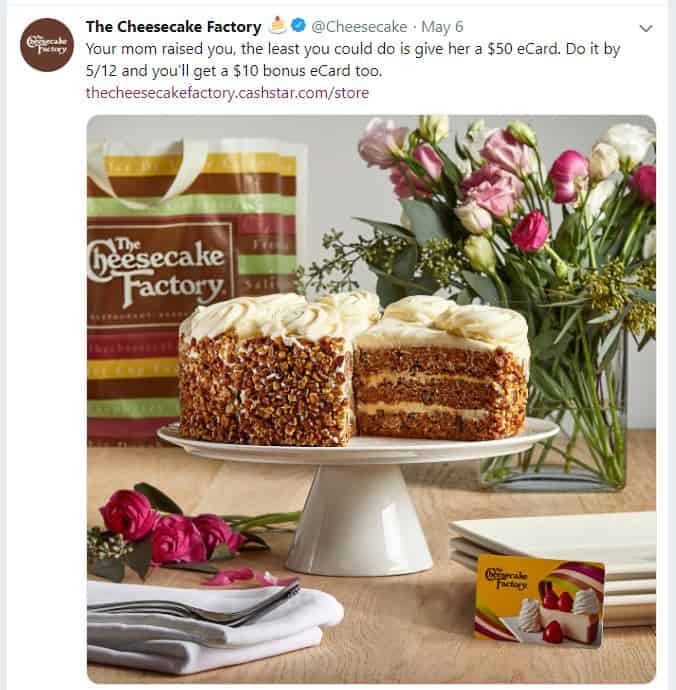
#8: Contests
Social media is wonderfully efficient for restaurants because you can get other people to do your marketing work for you. Contests are especially excellent restaurant marketing ideas for social media because you’re incentivizing the sharing of your content and brand information.
Where this content belongs: Slightly complicated answer. You should use social media contests to boost your followers on the platform where you’re lagging. In order to do this, you should post your contest information on the platform where you’re trying to gain followers as well as on your strongest platform. This will help drive engagement where you need it most.
How to make it work: There are two main types of restaurant social media contests. The first is designed to get your own content shared and reposted. That means selecting an amazing photo you want spread across the platform, putting up a few simple rules for followers to abide by (follow your account, like the post, repost or tag three friends), and naming the prize that’s up for grabs. The second contest type is designed to increase user generated content on specific hashtags – followers enter the contest by posting a photo using your chosen hashtags. Both contest types are effective, choosing between them is just a matter of deciding what you want to accomplish.

The long and social of it
Becoming one of those restaurants using social media successfully isn’t as complicated as it seems. All it boils down to is serving up good content like you serve up good food, respecting your followers and engaging them in conversation, and knowing who you’re talking to and how they want to be talked to. If you know your brand and you know your customers and you’re creating great food and drinks, it will all come pretty naturally to you so long as you’re putting up the right type of content.
You’ve got the talented staff, the delicious dishes, the platform presences, and now you’ve got the guide. Now all you have to do is prepare to knock your social media marketing game right out of the park.
